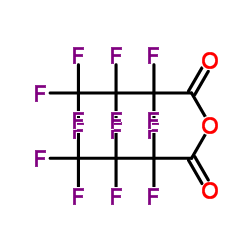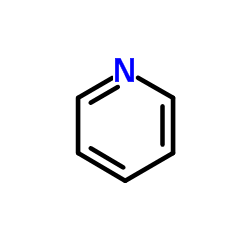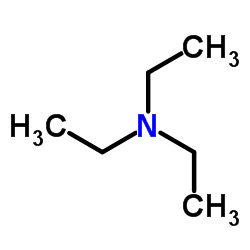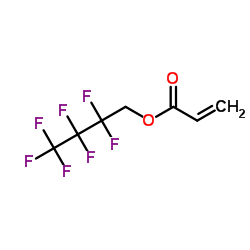| Structure | Name/CAS No. | Articles |
|---|---|---|
 |
Heptafluorobutanoic anhydride
CAS:336-59-4 |
|
 |
Pyridine
CAS:110-86-1 |
|
 |
Triethylamine
CAS:121-44-8 |
|
 |
Pentafluorobenzoyl chloride
CAS:2251-50-5 |
|
 |
2,2,3,3,4,4,4-Heptafluorobutyl acrylate
CAS:424-64-6 |